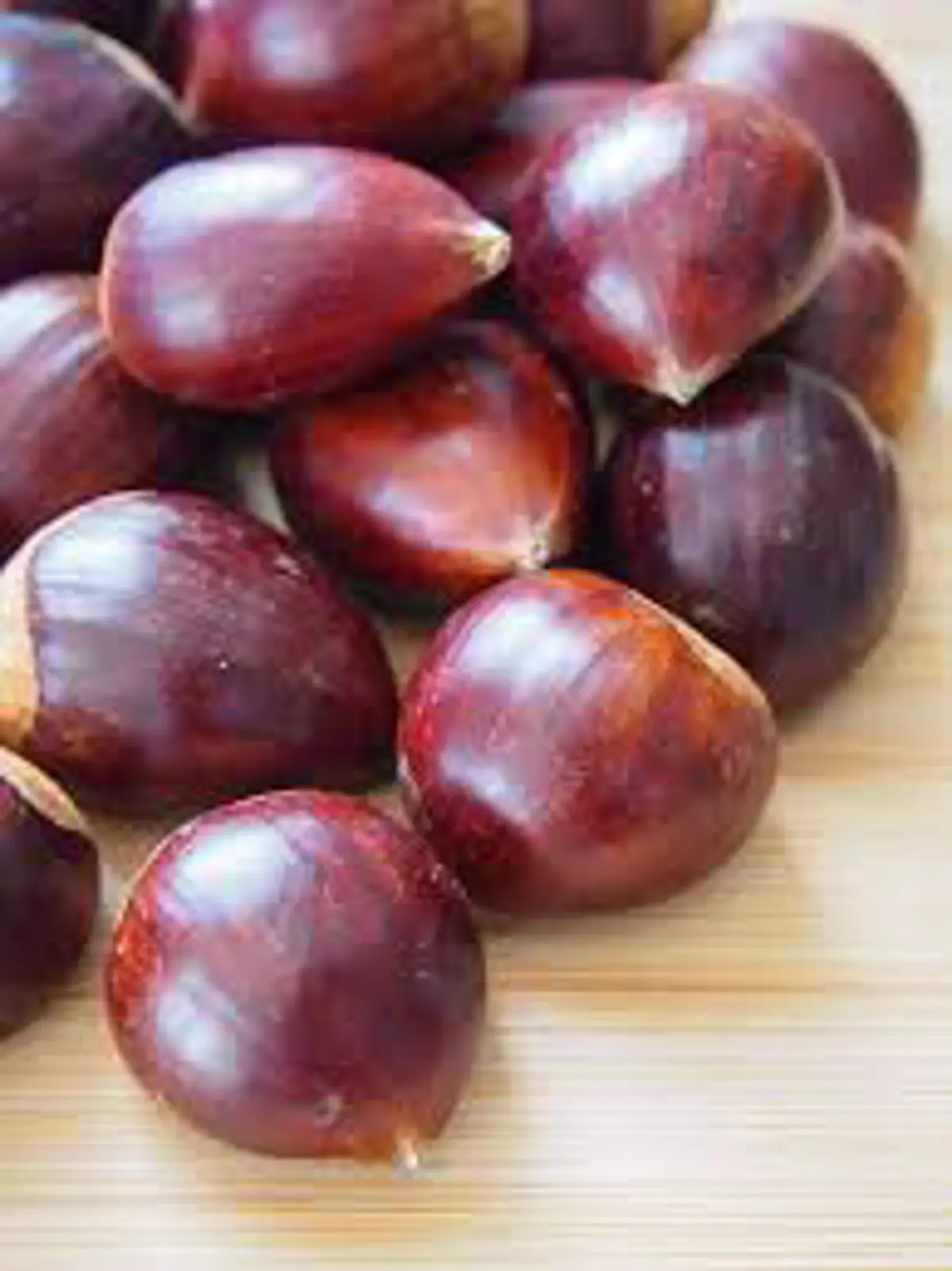
Chestnuts are versatile and grow well in many climates across most of Aotearoa.
Priority
Indicator

This factsheet describes the key things you'll need to think about if you're considering growing chestnuts on your whenua.
-
-
How to use this information safely
-
The information provided is indicative only. Its purpose is to support initial conversations and for screening and scoping land use options at a local area level, but it is less accurate at the scale of an individual farm. If you want to make land use change decisions for your specific farm or land block you should conduct further feasibility assessments with a suitably qualified consultant.
-
-
Chestnuts thrive in deep, well-drained, fertile soils. The soil should be safe from waterlogging and have good nutrient retention.

-
-
Using this information safely
-
The information on this page is indicative only. You can safely use this information for conversations and for screening and scoping land use options at a local area level, but it is less accurate at the scale of an individual farm. If you want to make land use change decisions for your specific farm or land block you should conduct further investigations or consult an expert.
-
-
About the crop suitability model
-
The information on this page is based on crop suitability models created by researchers at Plant and Food Research in 2021. They used climate data from NIWA and land data from Manaaki Whenua Landcare Research to create the models and then weighted and fine-tuned the results with the help of horticultural experts and industry data.
It is important to understand that the information on this page is indicative only and does not take into account things like existing land uses or pest and disease risk. Because the data is averaged out over a grid it may not take into account small land features or local climate variations.
If you’re comfortable using data and mapping tools or you’d like to explore more about Whitiwhiti Ora and their datasets, visit their website.
-
-
This table shows a per hectare breakdown of how suitable your whenua is to grow chestnuts.
It takes several years to establish a sustainable and profitable chestnut farm. There are several factors you can consider to maximise your chestnut yield, including:
- crop management
- variety selection
- planting density
- nutrient management
- weed control
- harvesting at the right time.

-
-
Using this information safely
-
The information on this page is indicative only. You can safely use this information for conversations and for screening and scoping land use options at a local area level, but it is less accurate at the scale of an individual farm. If you want to make land use change decisions for your specific farm or land block you should conduct further investigations or consult an expert.
-
-
About the crop suitability model
-
The information on this page is based on crop suitability models created by researchers at Plant and Food Research in 2021. They used climate data from NIWA and land data from Manaaki Whenua Landcare Research to create the models and then weighted and fine-tuned the results with the help of horticultural experts and industry data. Crop yield values were estimated by experts using published data.
It is important to understand that the information on this page is indicative only and does not take into account things like existing land uses or pest and disease risk. Because the data is averaged out over a grid it may not take into account small land features or local climate variations.
If you’re comfortable using data and mapping tools or you’d like to explore more about Whitiwhiti Ora and their datasets, visit their website.
-
-
This table shows a per hectare breakdown of the potential yield of chestnuts on your whenua.
-
Share discoveriesYour PDF is Processing
A new tab will open shortly and will take approximately 30 seconds to generate your PDF. Please Do Not close your browser.

